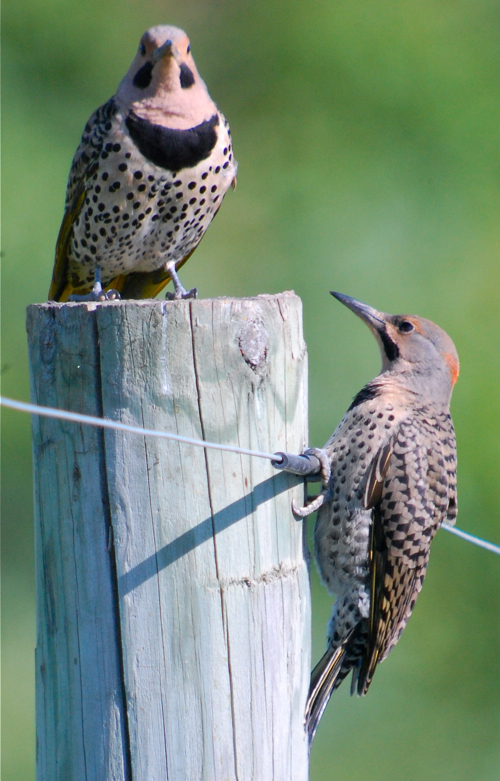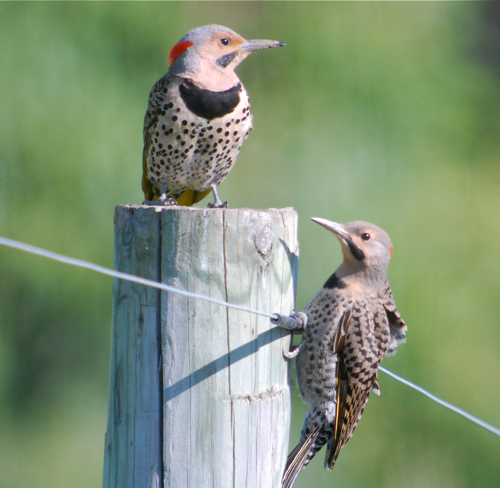I haven't thought about scope eyepieces all that much. Swarovski Optik has three different eyepieces you can choose for your scope a 20-60 zoom, a 25-50 zoom and a 30 fixed. For newer people to the blog, those numbers give you an idea of the scope's magnification or of how close the image is brought to you. A 20-60 eyepiece can bring the bird 20 to 60 times closer (as opposed to your 8x42 binocular which will only bring the image 8 times closer). I've always been a fan of the zooms, because they can make a real difference in ID when that bird is far away (I got a great look at my lifer saker falcon thanks to my scope's ability to go to 60 power when I was in Israel. I don't digiscope when I zoom in to 60 unless I really, really need to document something because the photo will be crap. You lose clarity and brightness when you zoom in and the photos aren't worth it unless you are documenting your state's first record of a hooded crane. When digiscoping, I always keep it on the lowest magnification.
I almost always use my 20-60 eyepiece. I like having the option of such a wide range of magnification. The 20 power magnification gives me a fairly wide field of view but it also helps me a bit with the problem of having the bird too close. My buddy Clay Taylor kept nudging me to play with the 25-50 zoom eyepiece and the other day, I decided to head out to the feeders at Minnesota Valley NWR. Their feeding station is always active and I figured I could get some good comparison shots. When I got there, the feeders were bare. And I saw the reason why before I could complete the sentence, "That's odd."
A sharp-shinned hawk was perched outside and was so darned cooperative, I got all the footage I needed to compare both eyepieces in less than 15 minutes.
So, here we go and I have to say, I was surprised at my results. All the video and photos were taken using my iPhone 4s. Here's a video tutorial followed by photo samples:
http://www.youtube.com/watch?v=5z5yprCMYrA
I was very happy about the lack of vignetting with the 25-50 zoom when taking video! Here are some photo comparisons of the sharp-shinned hawk without zooming in with the phone. This is what it looks like as soon as you train the iPhone to your scope's eyepiece without zooming in with the phone using the 20-60 zoom eyepiece:

There it is at 20 power and you get a full vignette (the black circle framing the image). That could be edited out in iPhoto or Photoshop or whatever photo app you use to crop images.
Now, here is the same sharpie on the same perch with the 25-50 zoom eyepiece:

There it is at 25 power and with that eyepiece there's less vignetting. Again vignetting can be cropped out later, but you get a bigger and better image if you zoom in on the iPhone when you take the photo. And you do that the same way you enlarge images on your phone with your index finger and thumb.
Now, here are images of the same sharpie with the two different eyepieces and zooming in with the phone:

A pretty good image of a sharp-shinned hawk (especially with it being an overcast day).

Not a lot of difference when you zoom in with the iPhone. If you want to take video, I highly recommend the 25-50 zoom, it will save you a lot of headaches post production of cropping out the vignetting. But if you only want to do photos, both eyepieces work really well.
And this was all done by hand holding the iPhone up to the scope--no adapter.
When I think back to what bird photography used to be I marvel at the quality of photos I can get with a phone.







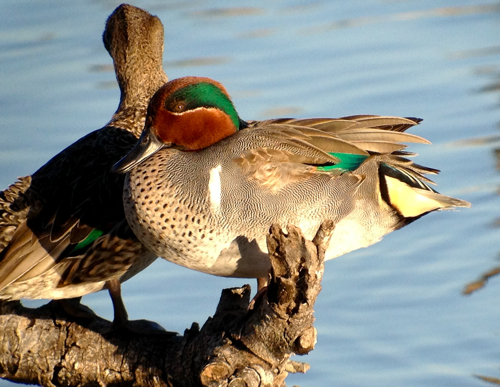
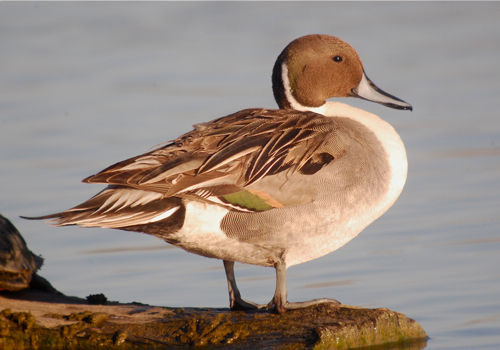
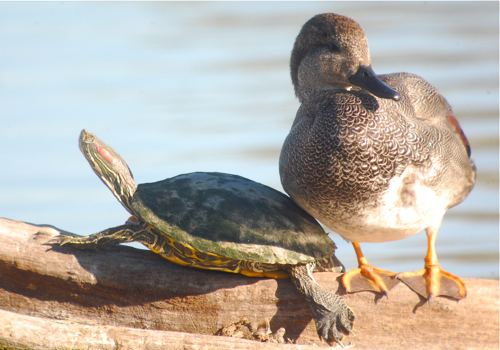
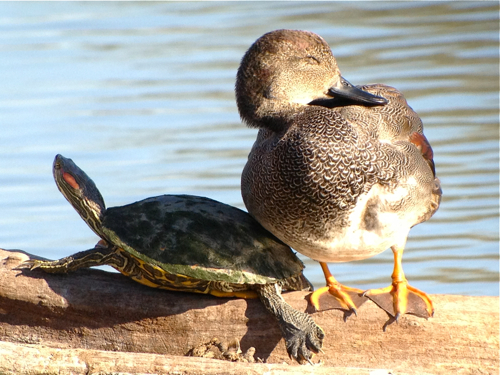
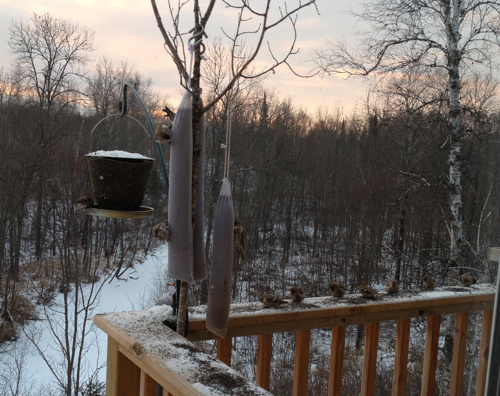 I think I had the most fun at
I think I had the most fun at 








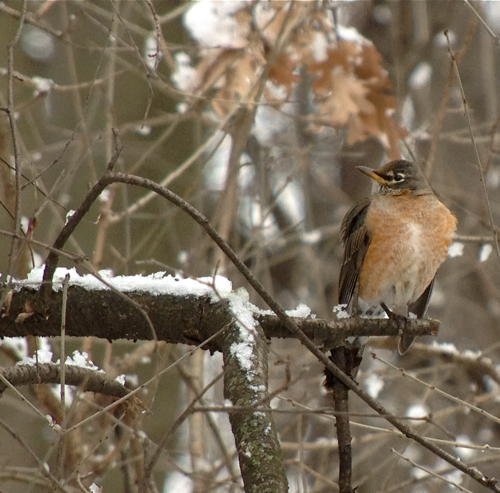 Turns out that my first bird digiscoped in 2012 is an American robin and I got it by holding up my iPhone to my scope. I hope everyone had a safe and happy holiday season. Non Birding Bill and I tried to take some time off but with his show, it was a bit more action packed. When he takes
Turns out that my first bird digiscoped in 2012 is an American robin and I got it by holding up my iPhone to my scope. I hope everyone had a safe and happy holiday season. Non Birding Bill and I tried to take some time off but with his show, it was a bit more action packed. When he takes 
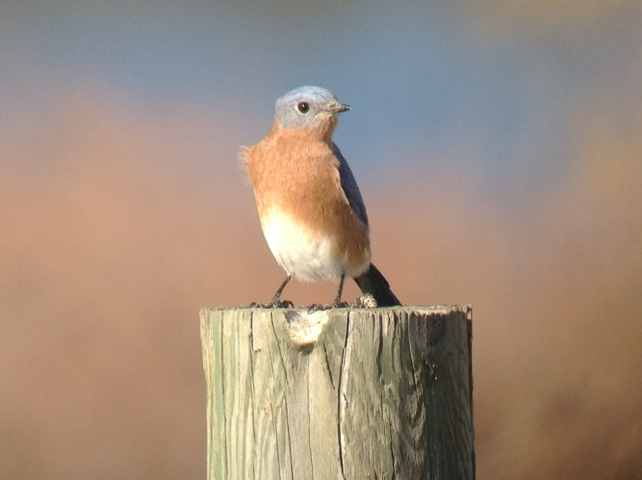
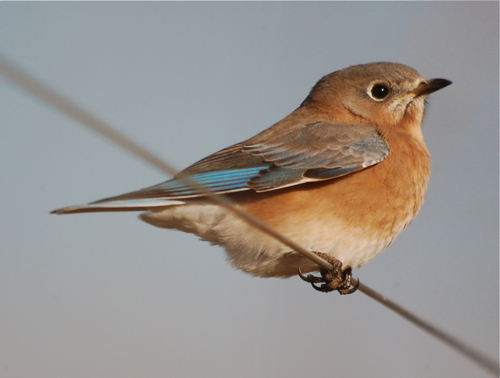 There have been a ton of eastern bluebird flocks milling about when I've been doing my fall surveys. Their calls follow me everywhere on my surveys...and they always
There have been a ton of eastern bluebird flocks milling about when I've been doing my fall surveys. Their calls follow me everywhere on my surveys...and they always 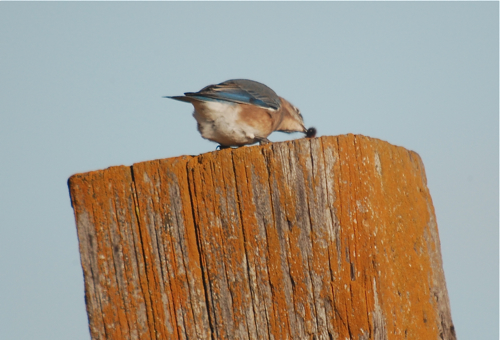
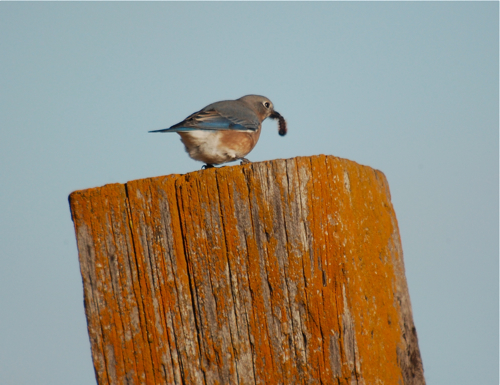
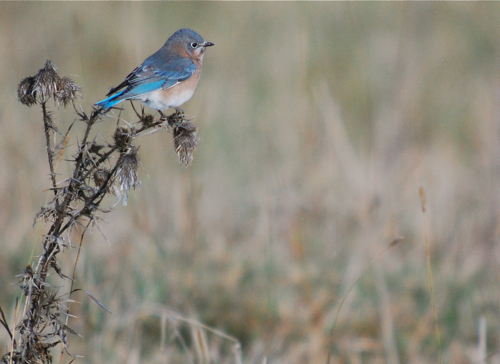
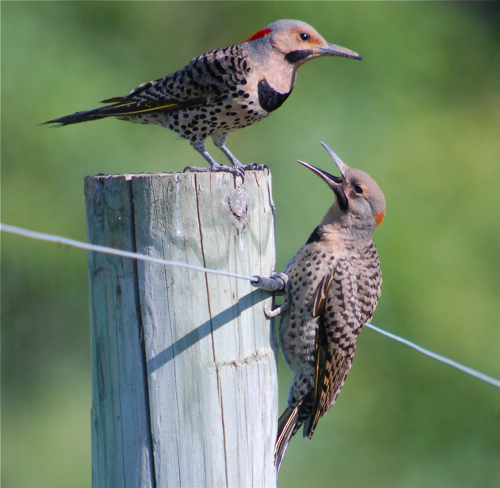 I saw some flickers learning the ways of the world on my bird surveys the other day. Even though that baby looks full grown, he's still hoping to be fed by the adults. Old habits die hard.
I saw some flickers learning the ways of the world on my bird surveys the other day. Even though that baby looks full grown, he's still hoping to be fed by the adults. Old habits die hard.